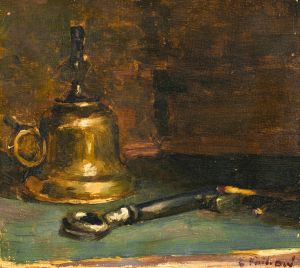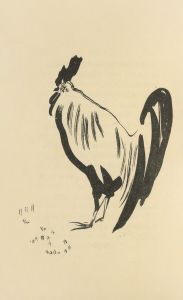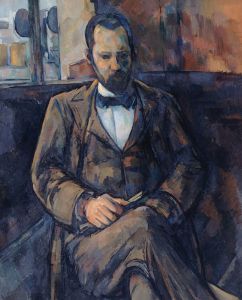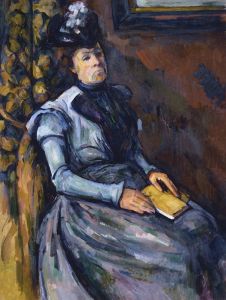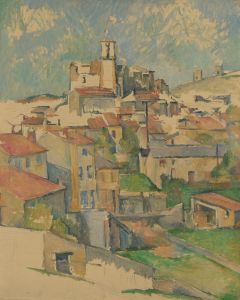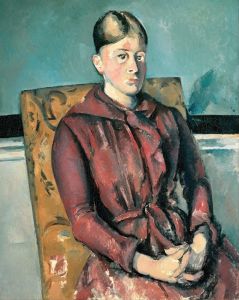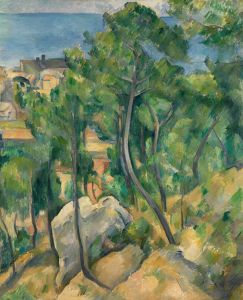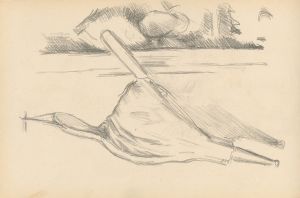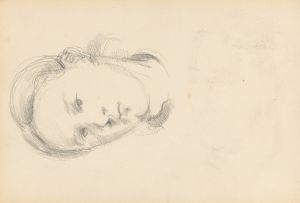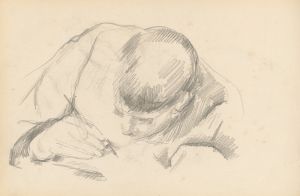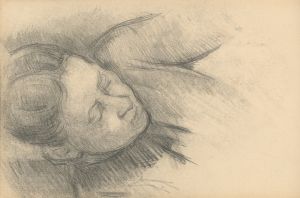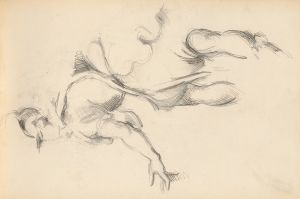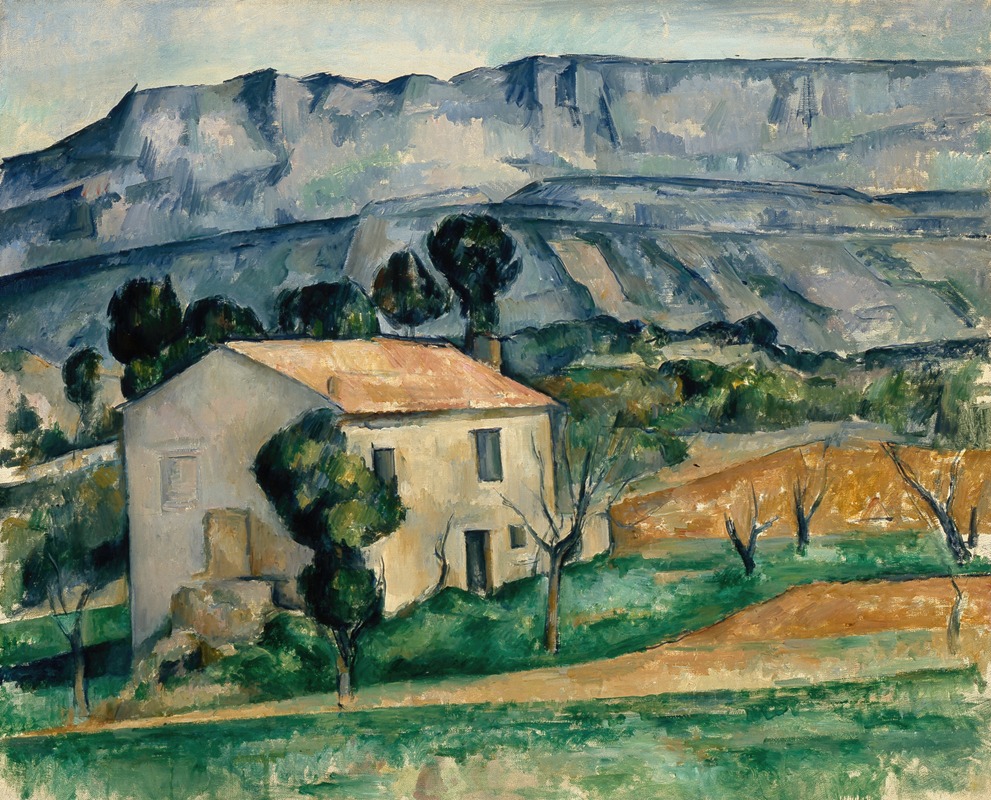
House in Provence
A hand-painted replica of Paul Cézanne’s masterpiece House in Provence, meticulously crafted by professional artists to capture the true essence of the original. Each piece is created with museum-quality canvas and rare mineral pigments, carefully painted by experienced artists with delicate brushstrokes and rich, layered colors to perfectly recreate the texture of the original artwork. Unlike machine-printed reproductions, this hand-painted version brings the painting to life, infused with the artist’s emotions and skill in every stroke. Whether for personal collection or home decoration, it instantly elevates the artistic atmosphere of any space.
Paul Cézanne's "House in Provence" is a notable example of the artist's mature work, showcasing his innovative approach to landscape painting. Cézanne, a French Post-Impressionist painter, is often credited with laying the groundwork for the transition from 19th-century Impressionism to the 20th century's new line of artistic inquiry, Cubism. His unique method of building form with color and his analytical approach to nature influenced the art of Cubists, Fauvists, and successive generations of avant-garde artists.
"House in Provence" is one of many paintings Cézanne created that depict the rural landscapes of the Provence region in southern France, where he spent much of his life. This particular painting exemplifies Cézanne's interest in capturing the essence of the natural world through a careful study of its forms and structures. The painting features a house nestled within the rolling hills and lush greenery typical of the Provençal countryside. Cézanne's use of color and brushwork in this piece reflects his desire to convey the solidity and permanence of the landscape, as well as its ever-changing light and atmosphere.
Cézanne's technique in "House in Provence" involves the use of small, repetitive brushstrokes that build up to create complex fields of color and texture. This method allows him to explore the interplay between light and shadow, as well as the subtle variations in color that occur in nature. The painting's composition is carefully balanced, with the house serving as a focal point amidst the surrounding landscape. Cézanne's use of perspective is also noteworthy; rather than adhering to traditional linear perspective, he employs a more intuitive approach that emphasizes the flatness of the canvas while still suggesting depth and volume.
The painting is a testament to Cézanne's belief in the importance of direct observation and his commitment to capturing the underlying structure of the natural world. His approach to painting was methodical and deliberate, often involving multiple sessions over extended periods. This dedication to his craft is evident in the meticulous detail and harmonious composition of "House in Provence."
Cézanne's work, including "House in Provence," was not widely appreciated during his lifetime. However, his innovative techniques and vision eventually gained recognition and had a profound impact on the development of modern art. Today, Cézanne is celebrated as a master of Post-Impressionism, and his paintings are held in high esteem by art historians and collectors alike.
"House in Provence" continues to be studied and admired for its contribution to the evolution of landscape painting and its reflection of Cézanne's artistic philosophy. The painting is housed in various collections and exhibitions, where it remains a significant piece for understanding the trajectory of modern art and Cézanne's enduring legacy.






